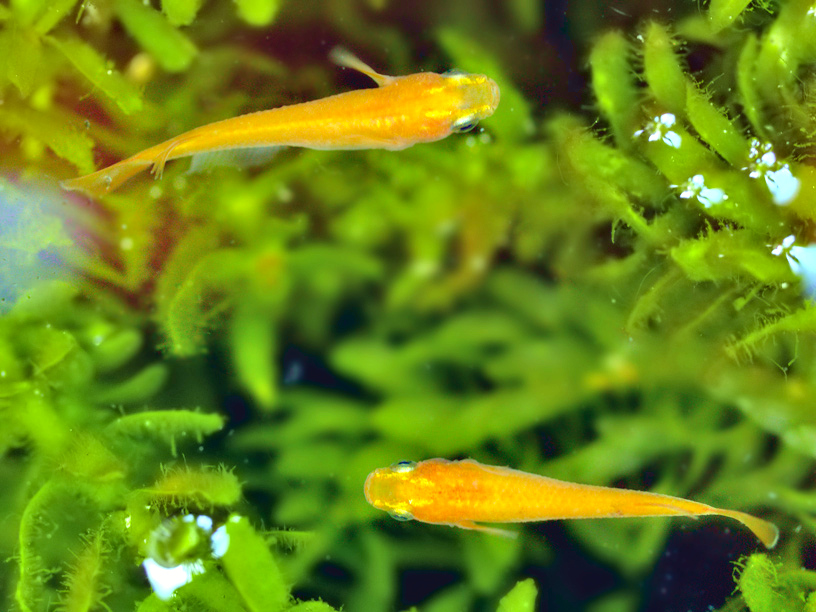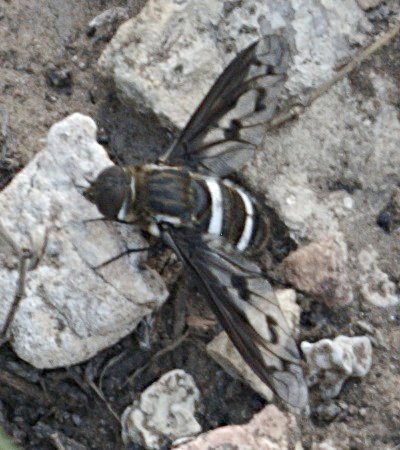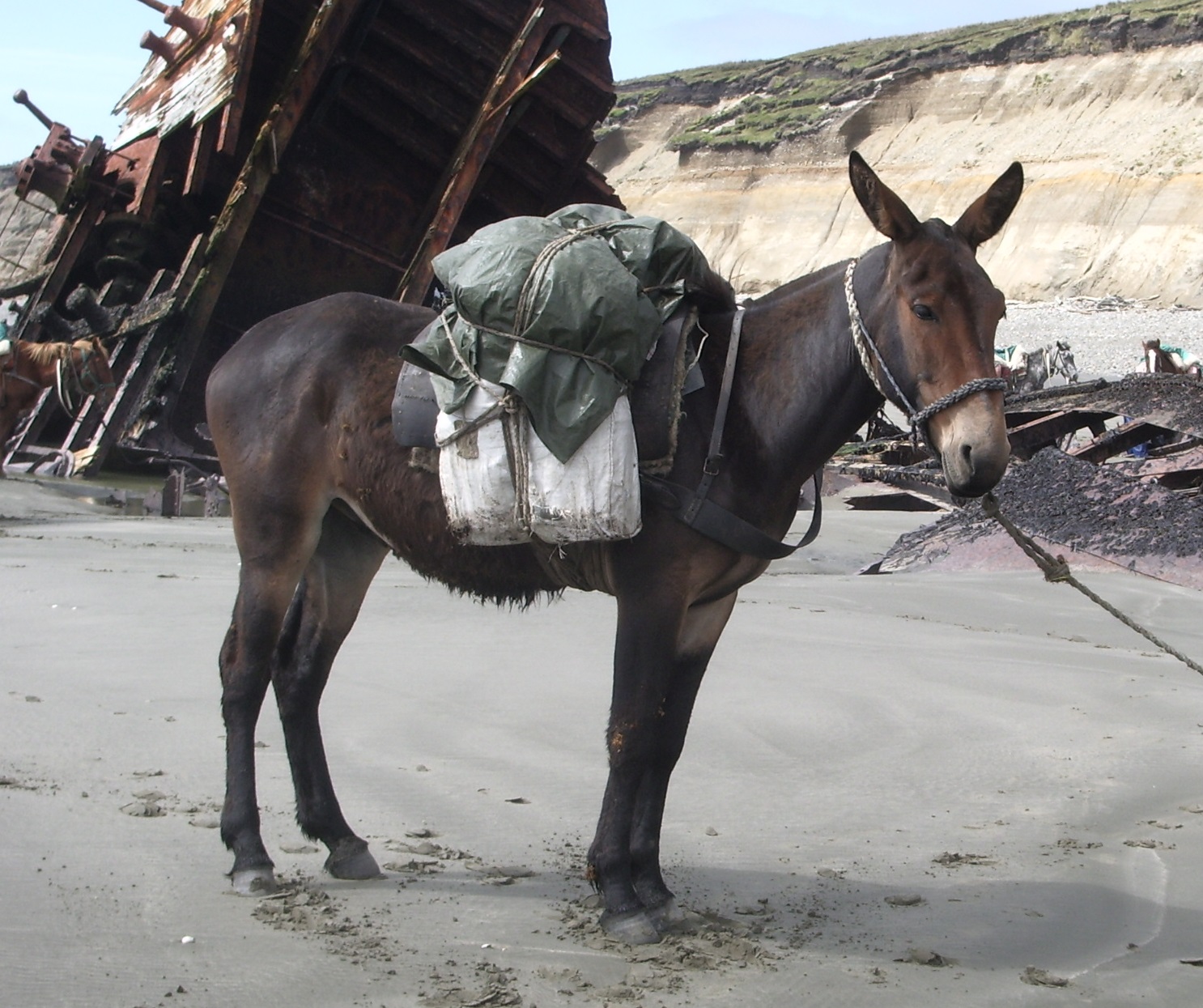|
Medaka
The Japanese rice fish (''Oryzias latipes''), also known as the medaka, is a member of genus ''Oryzias'' ( ricefish), the only genus in the subfamily Oryziinae. This small (up to about ) native of Japan is a denizen of rice paddies, marshes, ponds, slow-moving streams and tide pools. It is euryhaline, occurring in both brackish and freshwater. It became popular as an aquarium fish because of its hardiness and pleasant coloration: its coloration varies from creamy-white to yellowish in the wild to white, creamy-yellow, or orange in aquarium-bred individuals. Bright yellow, red or green transgenic populations, similar to GloFish, have also been developed, but are banned from sale in the EU. The medaka has been a popular pet since the 17th century in Japan. After fertilization, the female carries her eggs attached anterior to the anal fin for a period before depositing them on plants or similar things. Ecology Medaka live in small ponds, shallow rivers, and rice fields. Th ... [...More Info...] [...Related Items...] OR: [Wikipedia] [Google] [Baidu] |
Chinese Rice Fish
The Chinese rice fish (''Oryzias sinensis'') is a species of fish in the genus ''Oryzias''. This freshwater fish occurs in swamps, stagnant parts of streams, rice fields and marshes, and is up to long. It was formerly considered a subspecies of the Japanese rice fish (''Oryzias latipes''). The natural range of the Chinese rice fish is in East Asia, East and Southeast Asia, including the Yangtze, Mekong, Irrawaddy River, Irrawaddy, Salween, Red River (Asia), Red River and Nanpangjiang basins. It has been Introduced species, introduced to Kazakhstan and Russia (in the lower Kuban River, Kuban drainage); also spreading in the Sea of Azov, Azov basin and has been discovered in the Obytichna River in Ukraine. Ecological niche Chinese Rice Fish have been utilized in China and Asia for hundreds of years for rice farming. This process allows the fish to provide protein to the rice, enhancing the food. It is proven that in the presence of rice fish, rice fields grow better, and the ric ... [...More Info...] [...Related Items...] OR: [Wikipedia] [Google] [Baidu] |
Coenraad Jacob Temminck
Coenraad Jacob Temminck (; 31 March 1778 – 30 January 1858) was a Dutch people, Dutch patrician, Zoology, zoologist and museum director. Biography Coenraad Jacob Temminck was born on 31 March 1778 in Amsterdam in the Dutch Republic. From his father, Jacob Temminck, who was treasurer of the Dutch East India Company with links to numerous travellers and collectors, he inherited a large collection of bird specimens. His father was a good friend of Francois Levaillant who also guided Coenraad. Temminck's ''Manuel d'ornithologie, ou Tableau systématique des oiseaux qui se trouvent en Europe'' (1815) was the standard work on European birds for many years. He was also the author of ''Histoire naturelle générale des Pigeons et des Gallinacées'' (1813–1817), illustrated by Pauline Rifer de Courcelles, Pauline Knip. He wrote ''Nouveau Recueil de Planches coloriées d'Oiseaux'' (1820–1839), and contributed to the mammalian sections of Philipp Franz von Siebold's ''Fauna jap ... [...More Info...] [...Related Items...] OR: [Wikipedia] [Google] [Baidu] |
Genetics
Genetics is the study of genes, genetic variation, and heredity in organisms.Hartl D, Jones E (2005) It is an important branch in biology because heredity is vital to organisms' evolution. Gregor Mendel, a Moravian Augustinians, Augustinian friar working in the 19th century in Brno, was the first to study genetics scientifically. Mendel studied "trait inheritance", patterns in the way traits are handed down from parents to offspring over time. He observed that organisms (pea plants) inherit traits by way of discrete "units of inheritance". This term, still used today, is a somewhat ambiguous definition of what is referred to as a gene. Phenotypic trait, Trait inheritance and Molecular genetics, molecular inheritance mechanisms of genes are still primary principles of genetics in the 21st century, but modern genetics has expanded to study the function and behavior of genes. Gene structure and function, variation, and distribution are studied within the context of the Cell (bi ... [...More Info...] [...Related Items...] OR: [Wikipedia] [Google] [Baidu] |
Hokkaido
is the list of islands of Japan by area, second-largest island of Japan and comprises the largest and northernmost prefectures of Japan, prefecture, making up its own list of regions of Japan, region. The Tsugaru Strait separates Hokkaidō from Honshu; the two islands are connected by railway via the Seikan Tunnel. The largest city on Hokkaido is its capital, Sapporo, which is also its only cities designated by government ordinance of Japan, ordinance-designated city. Sakhalin lies about to the north of Hokkaidō, and to the east and northeast are the Kuril Islands, which are administered by Russia, though the four most southerly are Kuril Islands dispute, claimed by Japan. The position of the island on the northern end of the archipelago results in a colder climate, with the island seeing significant snowfall each winter. Despite the harsher climate, it serves as an agricultural breadbasket for many crops. Hokkaido was formerly known as ''Ezo'', ''Yezo'', ''Yeso'', or ''Yes ... [...More Info...] [...Related Items...] OR: [Wikipedia] [Google] [Baidu] |
Introduced Species
An introduced species, alien species, exotic species, adventive species, immigrant species, foreign species, non-indigenous species, or non-native species is a species living outside its native distributional range, but which has arrived there by human activity, directly or indirectly, and either deliberately or accidentally. Non-native species can have various effects on the local ecosystem. Introduced species that become established and spread beyond the place of introduction are considered naturalized. The process of human-caused introduction is distinguished from biological colonization, in which species spread to new areas through "natural" (non-human) means such as storms and rafting. The Latin expression neobiota captures the characteristic that these species are ''new'' biota to their environment in terms of established biological network (e.g. food web) relationships. Neobiota can further be divided into neozoa (also: neozoons, sing. neozoon, i.e. animals) and ne ... [...More Info...] [...Related Items...] OR: [Wikipedia] [Google] [Baidu] |
Undescribed Species
In taxonomy, an undescribed taxon is a taxon (for example, a species) that has been discovered, but not yet formally described and named. The various Nomenclature Codes specify the requirements for a new taxon to be validly described and named. Until such a description has been published, the taxon has no formal or official name, although a temporary, informal name is often used. A published scientific name may not fulfil the requirements of the Codes for various reasons. For example, if the taxon was not adequately described, its name is called a ''nomen nudum''. It is possible for a taxon to be "undescribed" for an extensive period of time, even if unofficial descriptions are published. An undescribed species may be referred to with the genus name, followed by "sp.", but this abbreviation is also used to label specimens or images that are too incomplete to be identified at the species level. In some cases, there is more than one undescribed species in a genus. In this case, th ... [...More Info...] [...Related Items...] OR: [Wikipedia] [Google] [Baidu] |
Clade
In biology, a clade (), also known as a Monophyly, monophyletic group or natural group, is a group of organisms that is composed of a common ancestor and all of its descendants. Clades are the fundamental unit of cladistics, a modern approach to taxonomy adopted by most biological fields. The common ancestor may be an individual, a population, or a species (extinct or Extant taxon, extant). Clades are nested, one in another, as each branch in turn splits into smaller branches. These splits reflect evolutionary history as populations diverged and evolved independently. Clades are termed ''monophyletic'' (Greek: "one clan") groups. Over the last few decades, the cladistic approach has revolutionized biological classification and revealed surprising evolutionary relationships among organisms. Increasingly, taxonomists try to avoid naming Taxon, taxa that are not clades; that is, taxa that are not Monophyly, monophyletic. Some of the relationships between organisms that the molecul ... [...More Info...] [...Related Items...] OR: [Wikipedia] [Google] [Baidu] |
Laos
Laos, officially the Lao People's Democratic Republic (LPDR), is the only landlocked country in Southeast Asia. It is bordered by Myanmar and China to the northwest, Vietnam to the east, Cambodia to the southeast, and Thailand to the west and southwest. The country has a population of approximately eight million. Its Capital city, capital and most populous city is Vientiane. The country is characterized by mountainous terrain, Buddhist temples, including the UNESCO's World Heritage Site of Luang Prabang, and French colonial architecture. The country traces its historic and cultural identity to Lan Xang, a kingdom which existed from the 13th to 18th centuries. Through its location, the kingdom was a hub for overland trade. In 1707, Lan Xang split into three kingdoms: Kingdom of Luang Phrabang, Luang Prabang, Kingdom of Vientiane, Vientiane, and Kingdom of Champasak, Champasak. In 1893, these kingdoms were unified under French protection as part of French Indochina. Laos was und ... [...More Info...] [...Related Items...] OR: [Wikipedia] [Google] [Baidu] |
Taxonomy (biology)
In biology, taxonomy () is the science, scientific study of naming, defining (Circumscription (taxonomy), circumscribing) and classifying groups of biological organisms based on shared characteristics. Organisms are grouped into taxon, taxa (singular: taxon), and these groups are given a taxonomic rank; groups of a given rank can be aggregated to form a more inclusive group of higher rank, thus creating a taxonomic hierarchy. The principal ranks in modern use are domain (biology), domain, kingdom (biology), kingdom, phylum (''division'' is sometimes used in botany in place of ''phylum''), class (biology), class, order (biology), order, family (biology), family, genus, and species. The Swedish botanist Carl Linnaeus is regarded as the founder of the current system of taxonomy, having developed a ranked system known as Linnaean taxonomy for categorizing organisms. With advances in the theory, data and analytical technology of biological systematics, the Linnaean system has transfo ... [...More Info...] [...Related Items...] OR: [Wikipedia] [Google] [Baidu] |
Korea
Korea is a peninsular region in East Asia consisting of the Korean Peninsula, Jeju Island, and smaller islands. Since the end of World War II in 1945, it has been politically Division of Korea, divided at or near the 38th parallel north, 38th parallel between North Korea (Democratic People's Republic of Korea; DPRK) and South Korea (Republic of Korea; ROK). Both countries proclaimed independence in 1948, and the two countries fought the Korean War from 1950 to 1953. The region is bordered by China to the north and Russia to the northeast, across the Yalu River, Amnok (Yalu) and Tumen River, Duman (Tumen) rivers, and is separated from Japan to the southeast by the Korea Strait. Known human habitation of the Korean peninsula dates to 40,000 BC. The kingdom of Gojoseon, which according to tradition was founded in 2333 BC, fell to the Han dynasty in 108 BC. It was followed by the Three Kingdoms of Korea, Three Kingdoms period, in which Korea was divided into Goguryeo, Baekje, a ... [...More Info...] [...Related Items...] OR: [Wikipedia] [Google] [Baidu] |
Hybrid (biology)
In biology, a hybrid is the offspring resulting from combining the qualities of two organisms of different varieties, subspecies, species or genera through sexual reproduction. Generally, it means that each cell has genetic material from two different organisms, whereas an individual where some cells are derived from a different organism is called a chimera. Hybrids are not always intermediates between their parents such as in blending inheritance (a now discredited theory in modern genetics by particulate inheritance), but can show hybrid vigor, sometimes growing larger or taller than either parent. The concept of a hybrid is interpreted differently in animal and plant breeding, where there is interest in the individual parentage. In genetics, attention is focused on the numbers of chromosomes. In taxonomy, a key question is how closely related the parent species are. Species are reproductively isolated by strong barriers to hybridization, which include genetic and morph ... [...More Info...] [...Related Items...] OR: [Wikipedia] [Google] [Baidu] |
Oryzias Sakaizumii
''Oryzias'' is a genus of ricefishes native to fresh and brackish water in east and south Asia. Some species are widespread and the Japanese rice fish (''O. latipes'') is commonly used in science as a model organism, while others have very small ranges and are threatened. They are small, up to long, and most are relatively plain in colour. The genus name ''Oryzias'' is a reference to the scientific name for rice, ''Oryza''. They have an unusual reproductive behavior where the female facultatively (optionally) carries the eggs in a cluster at the pelvic or anal fins for a period after they have been fertilized. Species These are the currently recognized species in this genus: * '' Oryzias asinua'' Parenti, Hadiaty, Lumbantobing & Herder, 2013 * '' Oryzias bonneorum'' Parenti, 2008 * '' Oryzias carnaticus'' Jerdon, 1849 * '' Oryzias celebensis'' Weber, 1894 (Celebes medaka) * '' Oryzias curvinotus'' Nichols & Pope, 1927 * '' Oryzias dancena'' Hamilton, 1822 * '' O ... [...More Info...] [...Related Items...] OR: [Wikipedia] [Google] [Baidu] |







